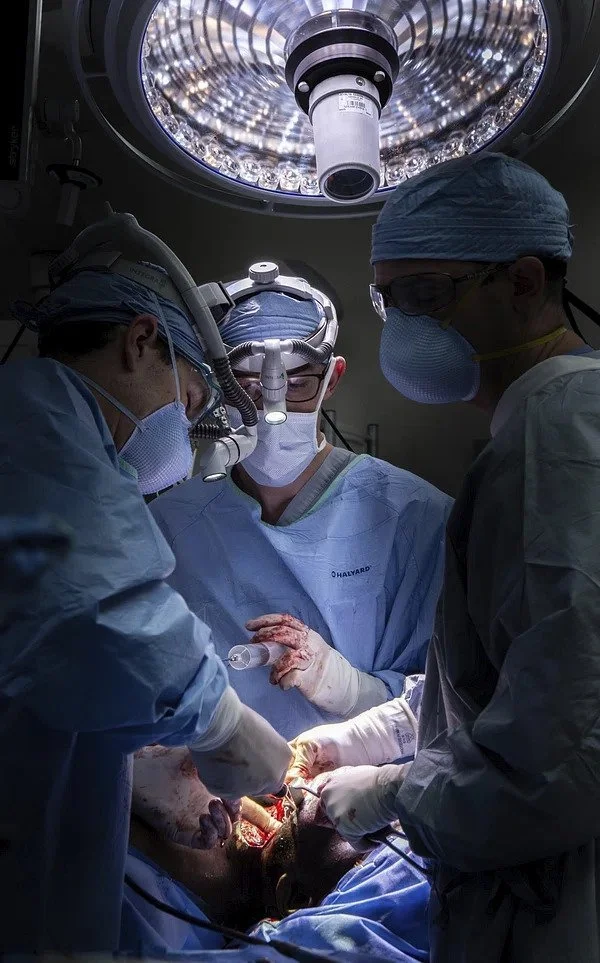Graft Surgery
Graft surgery involves the transplantation of tissue from one part of the body to another, or from a donor to a recipient, in order to repair or replace damaged or diseased tissues. This process is fundamental in various medical procedures, from skin grafting in burn patients to organ transplants. Here's an overview of the different aspects of graft surgery:
Techniques of Graft Surgery
Autografts: Tissue is taken from one part of the patient's body and transplanted to another part of the same body. This is commonly used in skin grafts.
Allografts: Tissue is taken from a donor of the same species, like in most organ transplants.
Xenografts: Tissue is taken from a donor of a different species, which is rare and usually temporary.
Isografts: Tissue is transplanted between genetically identical individuals, often seen in identical twins.
Synthetic grafts: Use of artificial materials, often in vascular grafts.
Each type of graft has specific indications, advantages, and risks. For example, autografts have a lower risk of rejection but require two surgical sites, while allografts have a higher risk of rejection but only affect one site in the recipient.
Types of Graft Surgeries
Skin Grafts: Used for burn patients, covering areas where skin is missing.
Bone Grafts: Used in orthopedic surgery to aid in bone healing.
Corneal Grafts: Transplanting the cornea for vision correction.
Vascular Grafts: Used to replace or bypass damaged blood vessels.
Nerve Grafts: Used to repair damaged nerves.
Advances in Graft Surgery
Immunosuppressive Therapy: Advances in medications that reduce the risk of graft rejection.
Tissue Engineering: Creating grafts from the patient's own cells, potentially reducing rejection risks.
Minimally Invasive Techniques: Using laparoscopic or robotic surgery to reduce recovery time and risks.
Stem Cell Research: The potential for growing organs and tissues for transplantation.
3D Printing: Developing synthetic grafts and possibly bio-printing tissues using the patient's cells.
Graft surgery is a complex and evolving field, with ongoing research and development aimed at improving outcomes, reducing risks, and expanding the possibilities for tissue and organ repair and replacement.
